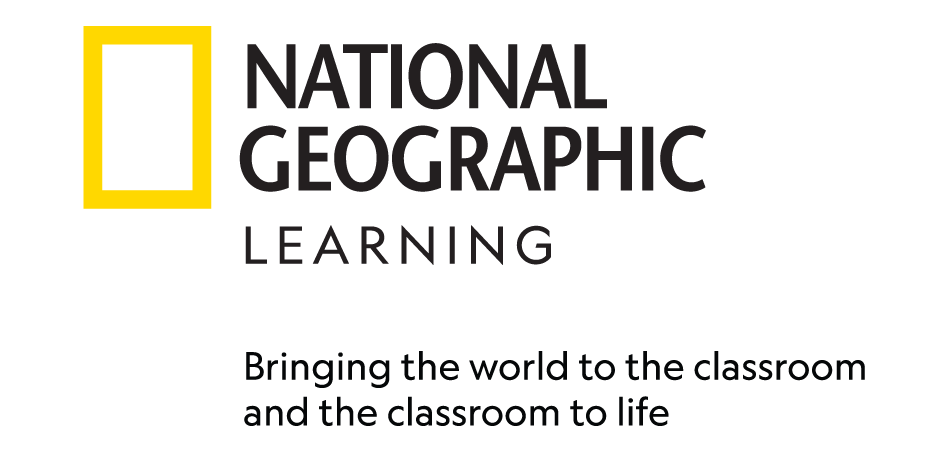Critical thinking is the ability to develop and use an analytical and evaluative approach to learning. It’s regarded as a key 21st Century skill. Life Second Edition integrates and develops a learner’s critical thinking alongside language learning for the following reasons:
• critical thinking tasks such as problem-solving and group discussion make lessons much more motivating and engaging
• developing critical thinking skills encourages an enquiring approach to learning which enables learners to discover language and become more independent in their study skills
• language practice activities that involve critical thinking require deeper processing of the new language on the part of the learner
In Life Second Edition you will see that there is a graded critical thinking syllabus that starts at Elementary level and runs through all later levels. The sections entitled ‘Critical thinking’ always appear in the C lessons in each unit and are associated with reading the longer texts. These lessons begin with reading comprehension activities that test students’ understanding and then may ask them to apply their understanding in a controlled practice activity. Having understood the text at a basic level, the critical thinking section requires students to read the text again more deeply to find out what the author is trying to achieve and to analyse the writing approach. For example, students may have to read between the lines, differentiate between fact or opinion, evaluate the reliability of the information, assess the relevance of information, or identify the techniques used by the author to persuade the reader or weigh up evidence. Activities such as these work particularly well with the C lesson texts in Life Second Edition because the texts used in these lessons are authentic. These authentic texts, which have been adapted to the level where necessary, tend to retain the author’s voice or perspective, so students can work to understand the real argument behind a text. Naturally, these kinds of reading skills are invaluable for students who are learning English for academic purposes or who would like to take examinations such as IELTS. In addition, life in the twenty-first century requires people to develop the ability to assess the validity of a text and the information they receive, so this critical thinking strand in Life Second Edition is important for all students.
As well as applying critical thinking to the reading texts, Life Second Edition encourages students to apply critical thinking skills in other ways. When new vocabulary or grammar is presented, students are often expected to use the target language in controlled practice activities. Then they use the language in productive speaking and writing tasks where they are given opportunities to analyse and evaluate a situation and make use of the new language both critically and creatively. In this way, students move from using ‘lower-order thinking’ to ‘higher-order thinking’; many of the lessons in Life Second Edition naturally follow this flow from exercises that involve basic checking and controlled practice to those that are productive, creative, and more intellectually engaging. This learning philosophy can also be seen at work in the way in which photos and videos are used in the book. Students are encouraged to speculate and express their opinions on many of the photographs or in the ‘after you watch’ sections of the video pages. Finally, on the writing pages of the units, students are asked to think critically about how they organize their writing and the language they choose to use. They are also guided to think critically to establish criteria by which their writing can then be judged.
Central to the approach to critical thinking in Life Second Edition is the premise that students should be actively engaged in their language learning. Students are frequently invited to ask questions and to develop their own well-informed and reasoned opinions. The overall combination of text analysis (in the C lessons), a guided discovery approach to language, and the way in which the book makes use of images in the classroom effectively supports this aim.


